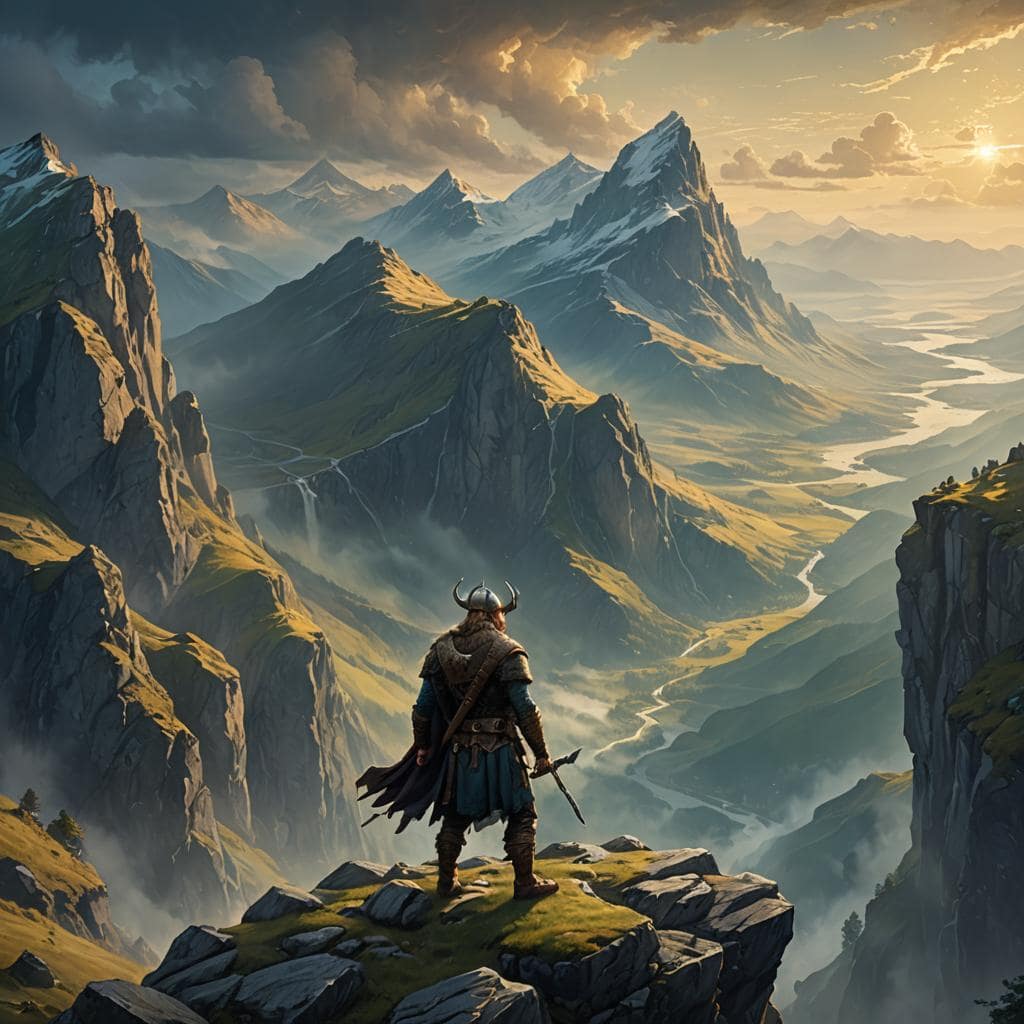Blog
Vikings in Scandinavia: Warriors, Explorers, and Myth Makers
Viking Society
The Vikings had a more or less loose society wherein the local chieftain or king held the reins of administration over relatively small territories. They lived in family units on farms, growing crops like barley, oats, and rye, besides rearing animals. Contrary to the popular image of the Vikings as brutish marauders, many were peaceful farmers and traders.
During this time, the Vikings spread their culture and language through Vave login. The culture also significantly borrowed from the various cultures they encountered as their culture was mixed with those with whom they traded and fought.
Viking Mythology
Rich mythology was at the heart of the Viking way of life. Norse myths explained the origin of the world, what the gods and giants did, and how the world would finally meet its end in a giant battle by the name of Ragnarök. Their creed was inexorably linked with nature and harsh, often unforgiving landscapes they dwelled within.
Following are some key gods from Viking mythology:
Odin: Also known as the Allfather, he was the chief among the gods; wisdom, war, and death were associated with him. He was ready to sacrifice almost everything but not for gaining knowledge-to have his eye with him.
Thor: The god of thunder and protector of mankind. Among Thor, the Vikings held incredible popularity, who is more often depicted using his magical hammer, Mjölnir.
Loki: The trickster god who caused much mischief and chaos, although he played a great role in several important myths, such as leading to the events of Ragnarök. Freya: The goddess of love, fertility, and war, Freya shared an association with death as well. Half of those who died in battle went to her hall, Folkvangr. The home of these gods was Asgard, one of the nine worlds in the cosmology linked together by Yggdrasil, the World Tree.
Famous Myths and Stories of the Vikings
Creation of the World
Norse mythology is the story of the creation of the world to start with. In the beginning, there was a chasm that existed known as Ginnungagap. From that appeared two succeeding areas: Muspelheim, a place of fire and Niflheim, a place of ice. Where the heat from Muspelheim reached the coldness from Niflheim, there appeared a giant by the name of Ymir. Later, the body of Ymir was used by Odin and his brothers to create the world.
The Death of Balder
One of the saddest stories in Viking mythology is the death of Balder, a much-loved son of Odin. The only thing that could hurt Balder was mistletoe, which Loki tricked another god into using to kill him. His death started off the chain of events that would eventually form the end of the world.
Ragnarök
Ragnarök was the most gigantic of all apocalyptic events in Viking mythology. It is an account of a great, worldly battle where the majority of the gods would die, including Odin, Thor, and Loki. The world would then be swallowed up in flames and water but rise anew from the ashes. The Legend of the Valkyries
The Valkyries were warrior maidens serving Odin. Over the battlefields, they flew to choose the warriors who would die and be brought to Valhalla, the hall of the slain. In Valhalla, a place of honor, preparation was made by warriors in preparation for Ragnarök.
Famous Viking Sagas
The Saga of the Greenlanders
The Volsunga Saga: A mythical heroic saga about dragons, gods, and the origin of the hero following the genealogy of the Volsung family. Legacy of the Vikings The Viking Age finally drew to a close as European kingdoms became more organized and Christian conversions siphoned away the strength of Norse paganism. Nonetheless, the impact of the Vikings endures to this very day in the contemporary era-most concern over their mythologies, sagas, and legacies in terms of exploration and trade.
Nowadays, the Vikings’ history is celebrated throughout Scandinavia and elsewhere in the world; festivals, museums, and popular culture keep the stories and myths of these awesome sailors alive.

